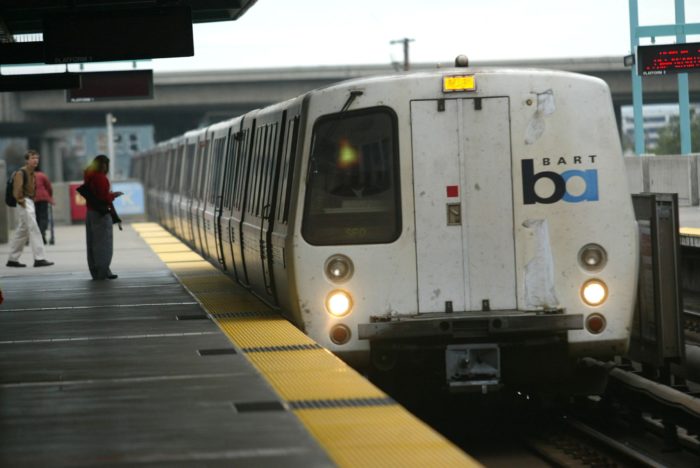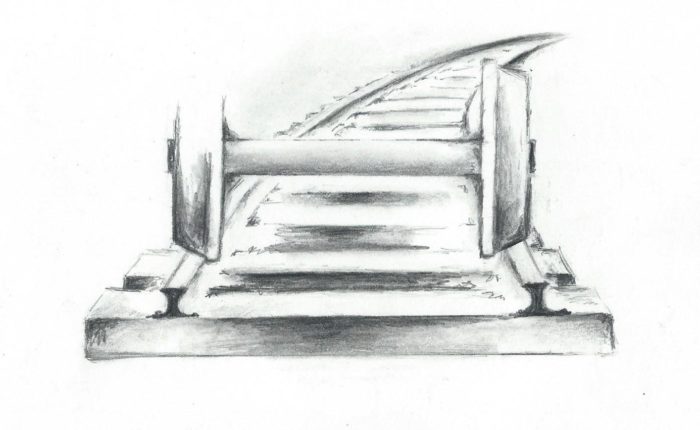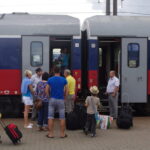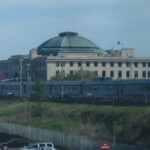BART To Be Quieter on The Curves.

For passengers riding BART—that’s the Bay Area Rapid Transit system connecting San Francisco with Oakland and many other points in the Bay Area—a 44-year-old annoyance may soon be a thing of the past.
Anyone who has ridden BART knows that there are loud screeching noises when the trains pass through many of the curves throughout the system.
It’s because the steel wheels on all rail cars—from Amtrak’s high-speed Acelas to the slowest freight train— are locked onto their axles. That means the two wheels and the axle turn together as one unit. But that also means when the train rounds a curve, all of the outside wheels travel a slightly greater distance than all the inside wheels. That causes each pair of wheels to skid a bit and all those pairs of wheels skidding just that little bit produces the squeal as the train passes through the curves. (You seldom hear that squealing on an Amtrak train because the curves are much more gradual than in a typical transit system.)
But here’s the interesting part to this story: BART has placed a big order for new cars from Bombardier and, as part of the deal, they asked the company if they could figure out a way to reduce or, better yet, eliminate those squeals.
 Well, sure, said Bombardier. We’ll shave a couple of millimeters off the part of the wheel that touches the rail in such a way as to create an angle (illustration) with the circumference of each wheel slightly less on the outside. That means when the train rounds a curve and centrifugal force causes the rail cars to slide toward the outside, the outside wheel will travel a little less distance and the inside wheel will travel a little farther around that curve. The result: less skidding and less squeal.
Well, sure, said Bombardier. We’ll shave a couple of millimeters off the part of the wheel that touches the rail in such a way as to create an angle (illustration) with the circumference of each wheel slightly less on the outside. That means when the train rounds a curve and centrifugal force causes the rail cars to slide toward the outside, the outside wheel will travel a little less distance and the inside wheel will travel a little farther around that curve. The result: less skidding and less squeal.
This is a bit of good news for the nearly half-million people a day who depend on BART to get them around d the Bay Area. All of BART’s rail cars—there are 669 of them—will be getting the new wheels within the next two years.




